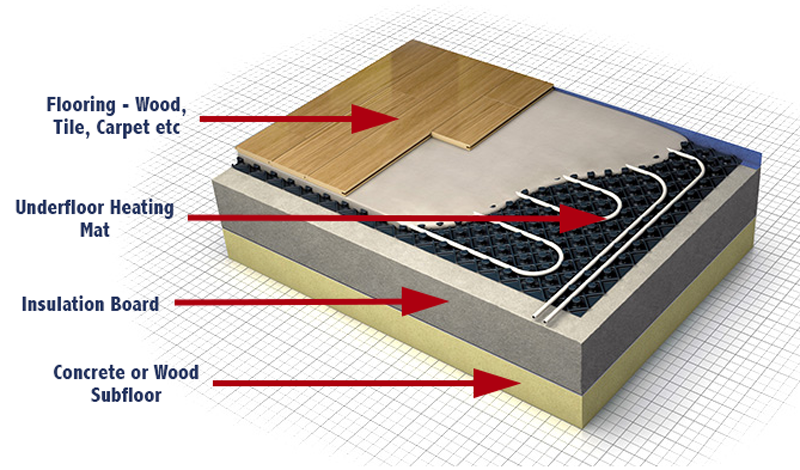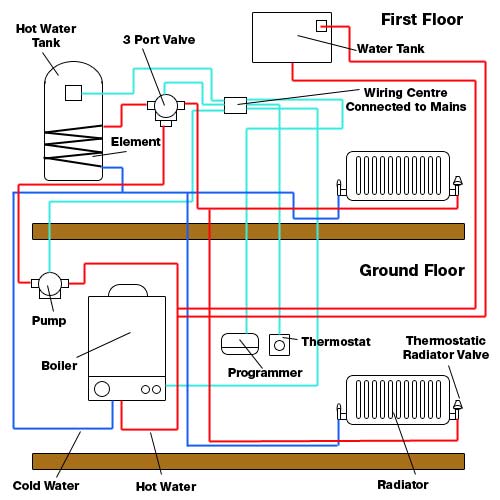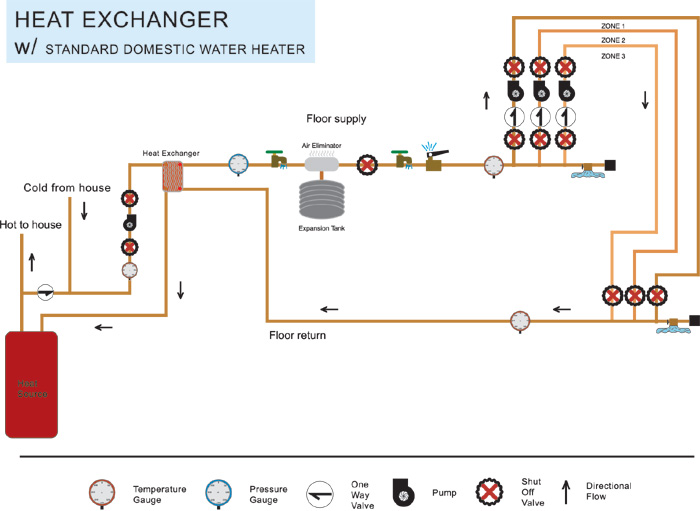
Dehumidifiers - Classification of dehumidifiers.Cooling and Heating Equations - Latent and sensible cooling and heating equations - imperial units.Air Heating Systems - Air heating buildings - heat supply vs.Air Conditioner Efficiency - The ratio between heat removed and power (watt) used - EER and SEER.Air and Steam Mixture - Air in the steam will lower the surface temperatures in heat exchangers - and less heat will be transferred.Air - Psychrometric Chart for Standard Atmospheric Conditions - Imperial Units - Psychrometric chart for air at barometric pressure 29.921 inches of Mercury and temperature ranging 20 oF to 120 oF.

Air - Humidifying with Steam, SI units - Using steam to humidify air.Air - Humidifying with Steam - Imperial Units - Estimate the amount of steam required (lb/h in 100 cfm) in humid air.Air - Humidifying by Adding Steam or Water - Air can be humidified by adding water or steam.Air Psychrometrics - Moist and humid air - psychrometric charts, Mollier diagrams, air-condition temperatures and absolute and relative humidity and moisture content.For practical purposes the process of adding saturated steam at atmospheric pressure approximates the horizontal temperature line in the Mollier diagram. When adding saturated steam at atmospheric pressure the temperature rise is very small - in general less than 1 oC. If steam is added to the air, air condition changes along a constant dh/dx line as shown above. The dry temperature of the air decreases as shown in the Mollier diagram below. If water is added to air without any heat supply, the air condition changes adiabatic along a constant enthalpy line - h. More about cooling and dehumidifying - Latent and Sensible Heat.Vapor in the air condensates on the surface, and the the amount of water condensated will be x A - x B. It the temperature on the cooling surface is lower than the Dew Point Temperature - t DP, air cools in the direction of a point C as indicated below. The cooling process of air can be expressed in the Mollier diagram as If the temperature on the cooling surface is higher than the Dew Point Temperature - t DP - air cools along a constant specific humidity - x - line. Humidity in the air close to the surface will then condensate on the surface and the air as a whole will be dehumidified. With a cold surface exposed to moist air the air close to the surface may be cooled down below the saturation line. When there is fog parts of the moisture in the air condense to small droplets floating in the air. The "fog process" can be expressed in the Mollier diagram as When hot air is mixed with cold air it results in fog if the mixing point is below the saturation line of the air. X = specific humidity in the air (kg h2o/kg dry_air) The moisture balance for the mixture can be expressed as:

The position of point B depends on the volume of the air at state A related to the volume of the air at state C.Ī heat balance for the mixture can be expressed as

When mixing air of state A and state C - the mixing point will be on the straight line between the two states - in point B.

Heating diagrams license#
A copy of the license is included in the section entitled GNU Free Documentation License.The most common air condition processes are
Heating diagrams software#
Permission is granted to copy, distribute and/or modify this document under the terms of the GNU Free Documentation License, Version 1.2 or any later version published by the Free Software Foundation with no Invariant Sections, no Front-Cover Texts, and no Back-Cover Texts. CC BY-SA 3.0 Creative Commons Attribution-Share Alike 3.0 true true share alike – If you remix, transform, or build upon the material, you must distribute your contributions under the same or compatible license as the original.You may do so in any reasonable manner, but not in any way that suggests the licensor endorses you or your use. attribution – You must give appropriate credit, provide a link to the license, and indicate if changes were made.to share – to copy, distribute and transmit the work.


 0 kommentar(er)
0 kommentar(er)
